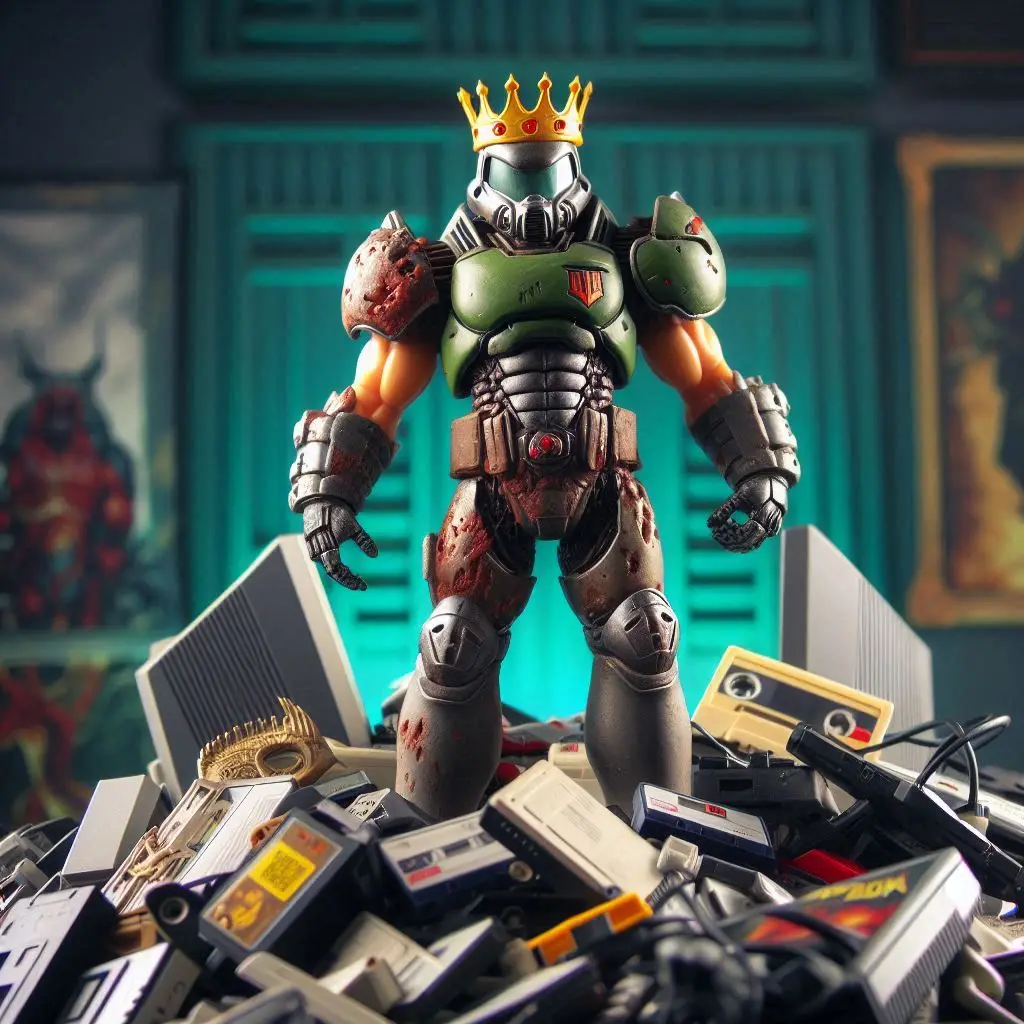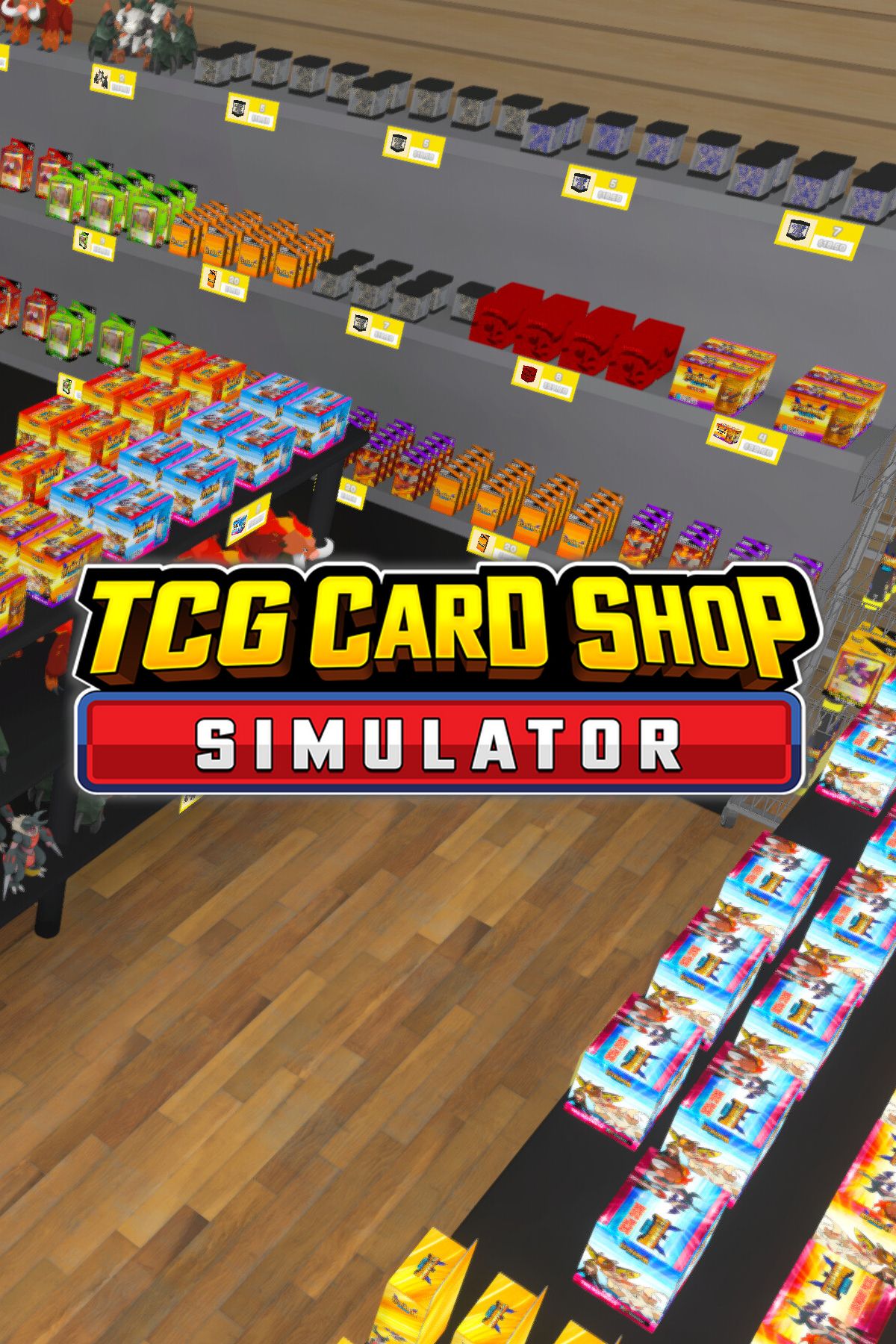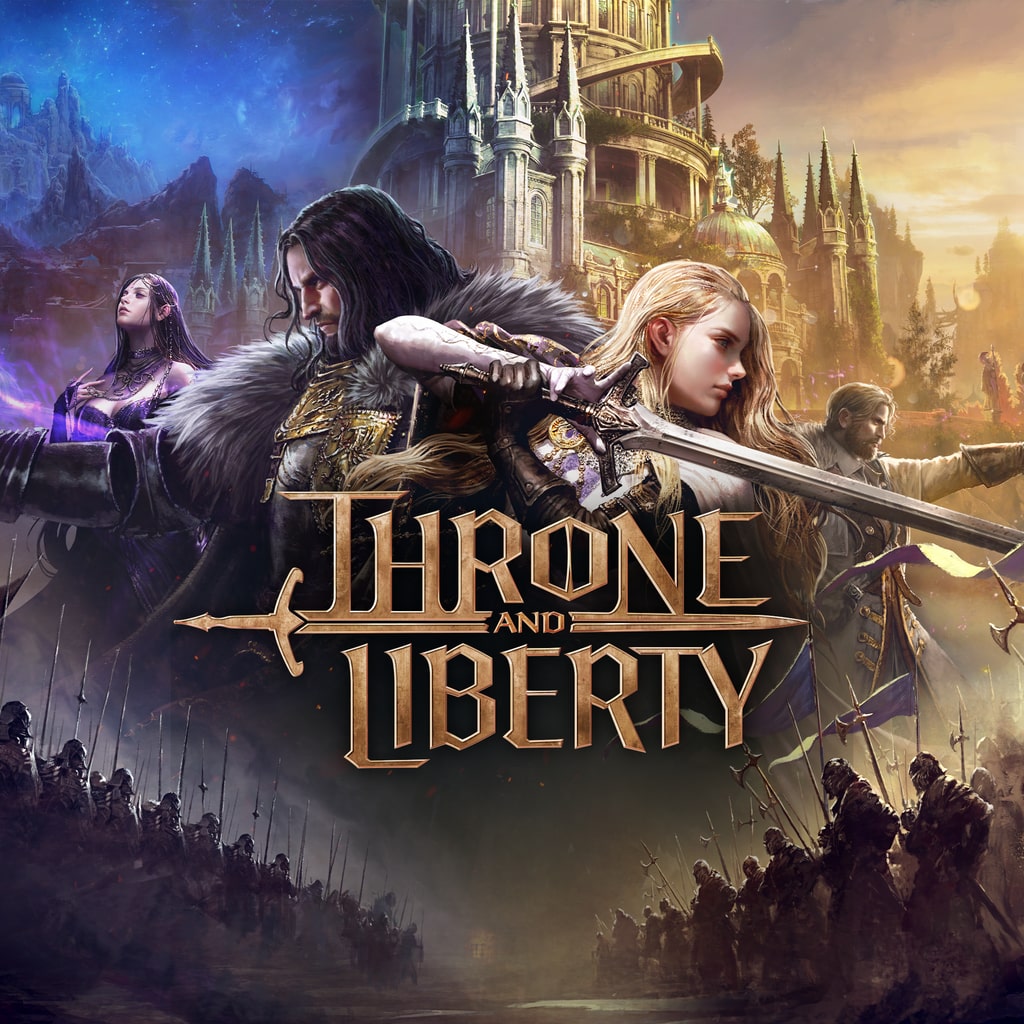Let’s face it, Doom (1993) isn’t just a game; it’s the game. The juggernaut that kicked in the door for first-person shooters and made everyone rethink what video games could do. While today’s gaming industry churns out gorgeous, open-world epics with mind-blowing graphics and plot twists that rival prestige TV, Doom did something far more profound: it invented an entire genre, left an indelible mark on pop culture, and quite literally changed gaming history with nothing but a shotgun and some pixelated demons.
Doom nailed something modern games will never quite understand: the art of simplicity. No convoluted dialogue trees, no endless side quests to fetch ingredients for some NPC’s soup. Doom was raw, unfiltered fun—you point, you shoot, you win. The genius of Doom was in its purity: the fast-paced, relentless action that kept you glued to your keyboard, with no time for idle chit-chat or philosophical ponderings about the meaning of life. Modern games? They’ve got 45-minute cutscenes, complex crafting systems, and microtransactions for gun skins. Doom gave you a chainsaw, and that was all the customization you needed.
When Doom came out, it was a pioneer. Sure, Wolfenstein 3D set the groundwork, but Doom broke new ground with its intricate level design, immersive 3D environments, and then-innovative lighting and textures that gave gamers the sense that they were truly descending into Hell. Doom also introduced multiplayer deathmatches, forever altering gaming by giving birth to the concept of online multiplayer competition. Doom wasn’t just ahead of its time—it made time stop, kicked time in the teeth, and then ran a shotgun blast through its head.
Today’s games? They just follow trends. You’ve got first-person shooters galore, all walking in the footsteps of Doom, but none are truly breaking new ground the way Doom did. Every AAA title is now built on a pre-existing formula (thanks, Doom), but no one’s flipping the table anymore.
Let’s talk about accessibility. Today’s games require high-end graphics cards that cost more than your rent, and they’re still buggy on launch day. Doom? You could run that bad boy on anything—from a cutting-edge ’90s PC to a potato-powered calculator. It even runs on ATMs. Doom was the great unifier—anyone, anywhere could blast through hordes of demons. Modern developers struggle to optimize games for two consoles, while Doom was playable on everything from a fridge to a heart monitor (not even joking).
Modern games love to hold your hand. They want you to succeed, so they scatter helpful hints, tutorials, and glowing waypoints like breadcrumbs to guide you through the gameplay. Doom was an old-school parent: it kicked you out of the house with a shotgun and said, “Good luck, kid.” You had to learn through failure, memorize the levels, and outsmart the AI. It made you feel like you earned that victory. If you got stuck, well, guess what—you were stuck. None of this “press X to continue” nonsense; you either figured it out or got mauled by Cacodemons.
The joy in Doom was its unapologetic challenge, which is something modern games just don’t seem to want to risk anymore. Everything’s been dumbed down to make sure no one feels left out. In Doom, you had to survive.
No game before Doom inspired a fan base quite like it. The modding community exploded, birthing an entire culture of custom maps, total conversions, and fan-made content that still thrives today. Doom wasn’t just a game—it was a creative canvas for gamers. Doom was so flexible, people have modded it into everything from “My Little Pony” Doom to Star Wars Doom. What other game from the ‘90s is still getting mods in 2024?
These days, you have to pay for downloadable content (Doom laughs in the face of DLC). The community made Doom infinite, giving it an eternal replay value that modern games, with their rigid frameworks and microtransactions, will never achieve.
Doom didn’t just influence gaming; it influenced everything. It was a mainstream phenomenon, sparking debates about video game violence and being banned in multiple countries (which only made it cooler). How many games today can say they were a pivotal moment in both pop culture and politics? Its impact even reached Hollywood, spawning (admittedly bad) movies, but the fact that people are still talking about Doom over 30 years later shows just how dominant it was.
Doom was lightning in a bottle—a perfect storm of innovation, simplicity, and cultural relevance. It came at a time when the gaming landscape was ripe for revolution, and it delivered that revolution in the most intense, visceral way possible. Sure, newer games have flashier graphics, more complex mechanics, and immersive worlds—but none of them can match the pioneering spirit of Doom.
Doom wasn’t just a game; it was a moment. And that’s something you can’t replicate with ray tracing or 4K textures. It’s the original juggernaut that modern games owe their existence to, but no amount of polish or tech will ever outshine the raw, pixelated glory of blowing up a demon with a shotgun in a dimly lit corridor back in ’93.
Long live Doom.





